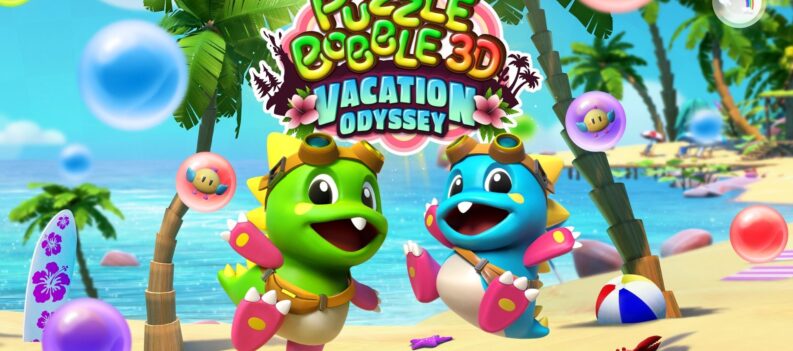Once again it’s that time of year; one of fond memories, daunting backlogs, endless list features and people asking me what the f*ck do vegans eat for Christmas dinner. While I’ll refrain from boring you with my festive dietary indulgences (we eat exclusively sprouts), I can offer this; my top ̶1̶0̶ 16 games that I played this year. Some embarrassing omissions like Sekiro, Death Stranding and Fallen Order still sit on an ever-growing list of games I haven’t had the time (or patience) to play, yet much like Tomb Raider, Spyro and Detroit did this year, I’m sure this backlog will pad out 2020’s quieter months.
This year has once more pushed me to reconsider what video games can do while managing to make me all the more enamoured with the medium. I’ve revelled in the artistry of watercolour worlds and neon-drenched towns, braved the horrors of Raccoon City, plague-ridden France and Oakmont’s depths and lost myself in virtual reality, befriending falcons, slashing samurais and blasting cockneys. I’ve already noted down some recommendations from Justin’s, Jason’s and Kyle’s lists so hopefully, my picks equally open your eyes to a few of this year’s gems that you’ve missed.
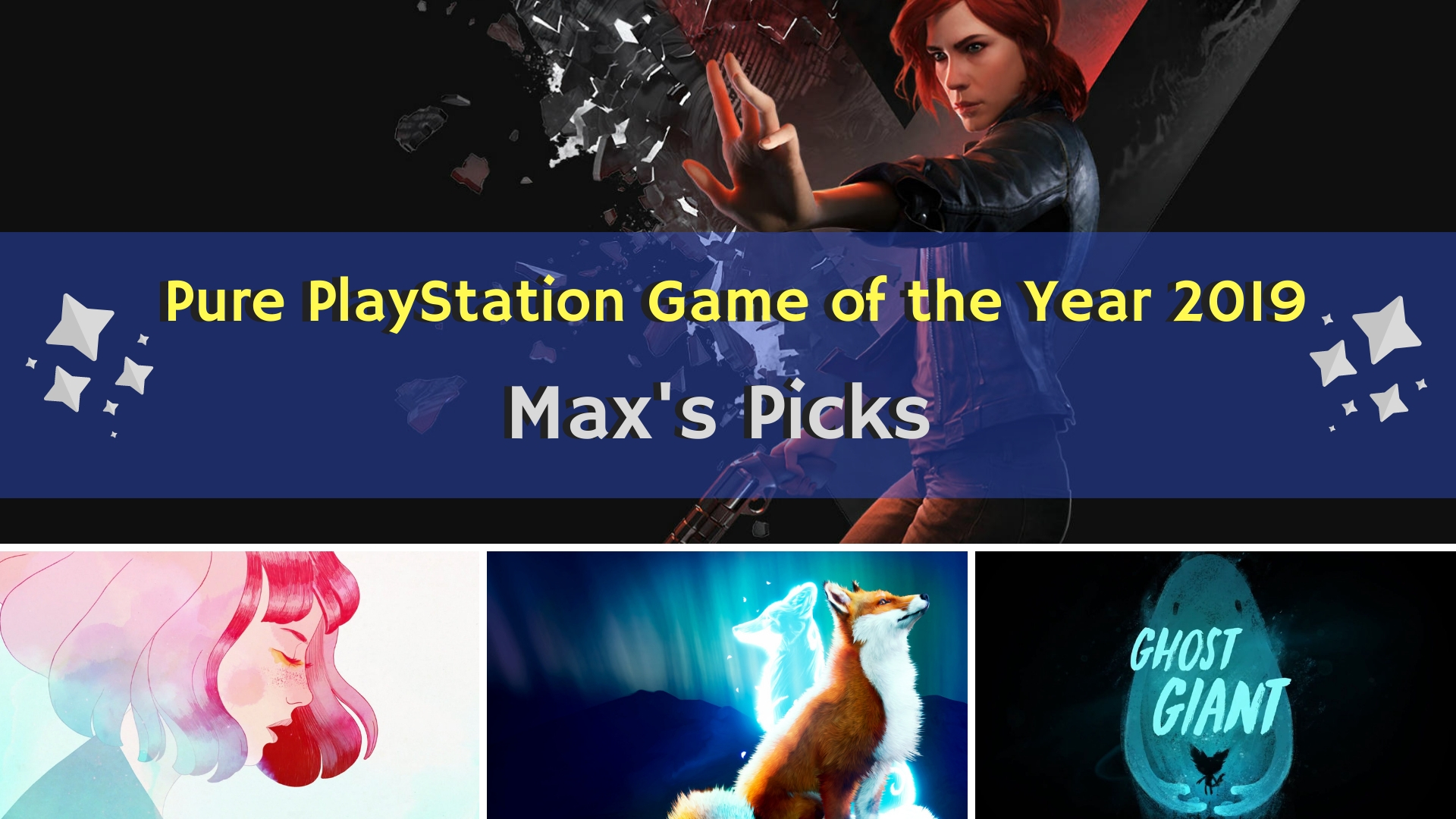
Honourable Mentions
WANDERSONG & VANE
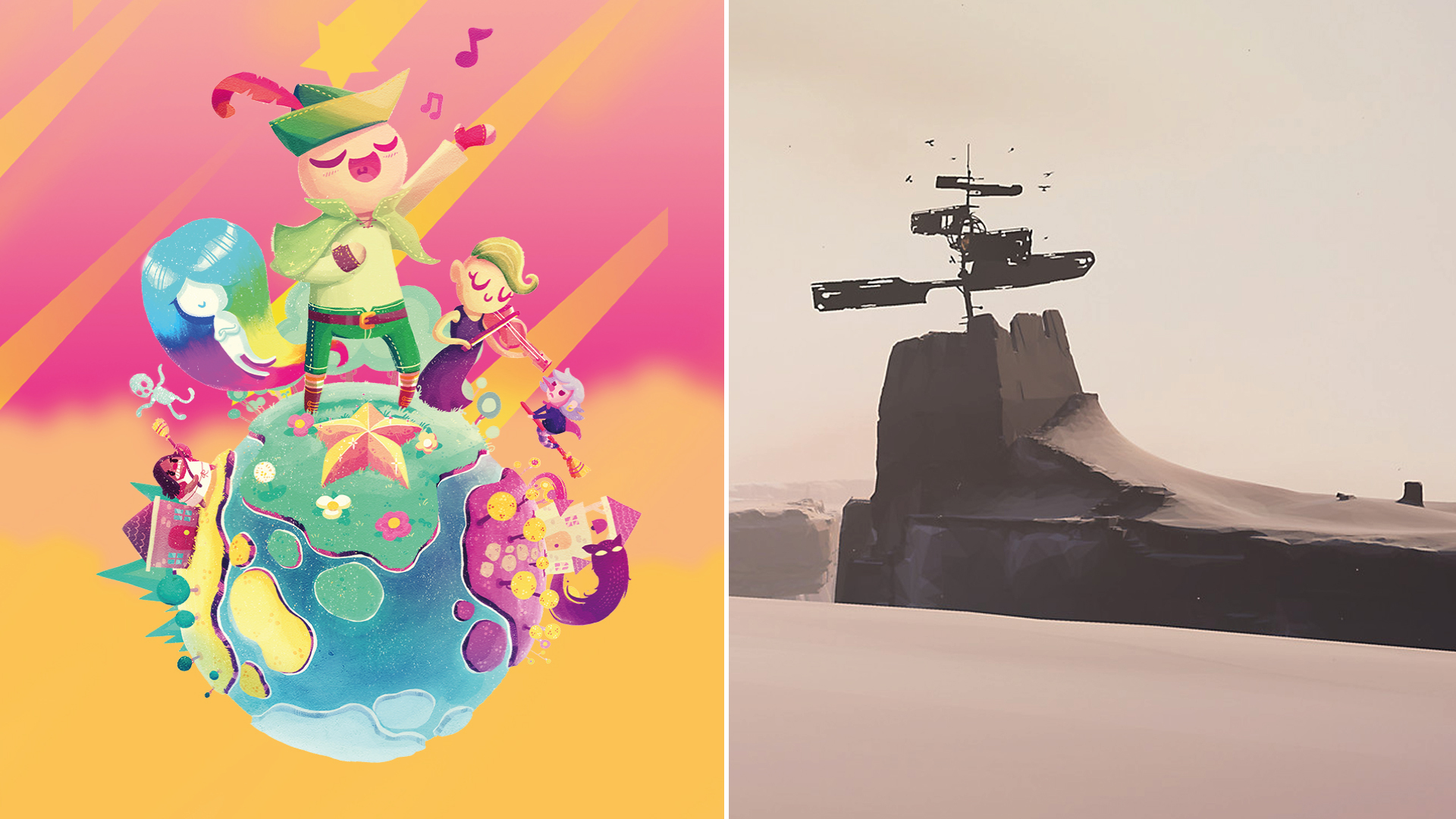
Visually and tonally Wandersong and Vane are polar opposites yet these affecting and underappreciated games, both released in January, remain two of my most unique and beloved experiences of the year. Both games take you on an epic, introspective journey as an innocent, unassuming young boy. Wandersong is a vibrant, rainbow-soaked celebration of friendship, music and the power of self-belief that exudes optimism. In contrast, Vane places in you in a strange, stark land, one shrouded in ancient mystery and a thick, foreboding atmosphere. Played back to back Wandersong and Vane provide a perfect cocktail of childlike optimism and deep introspection, hopefully leaving the player as a perfectly emotionally balanced being.
Read my reviews here and here.
LOST EMBER & SPIRIT OF THE NORTH
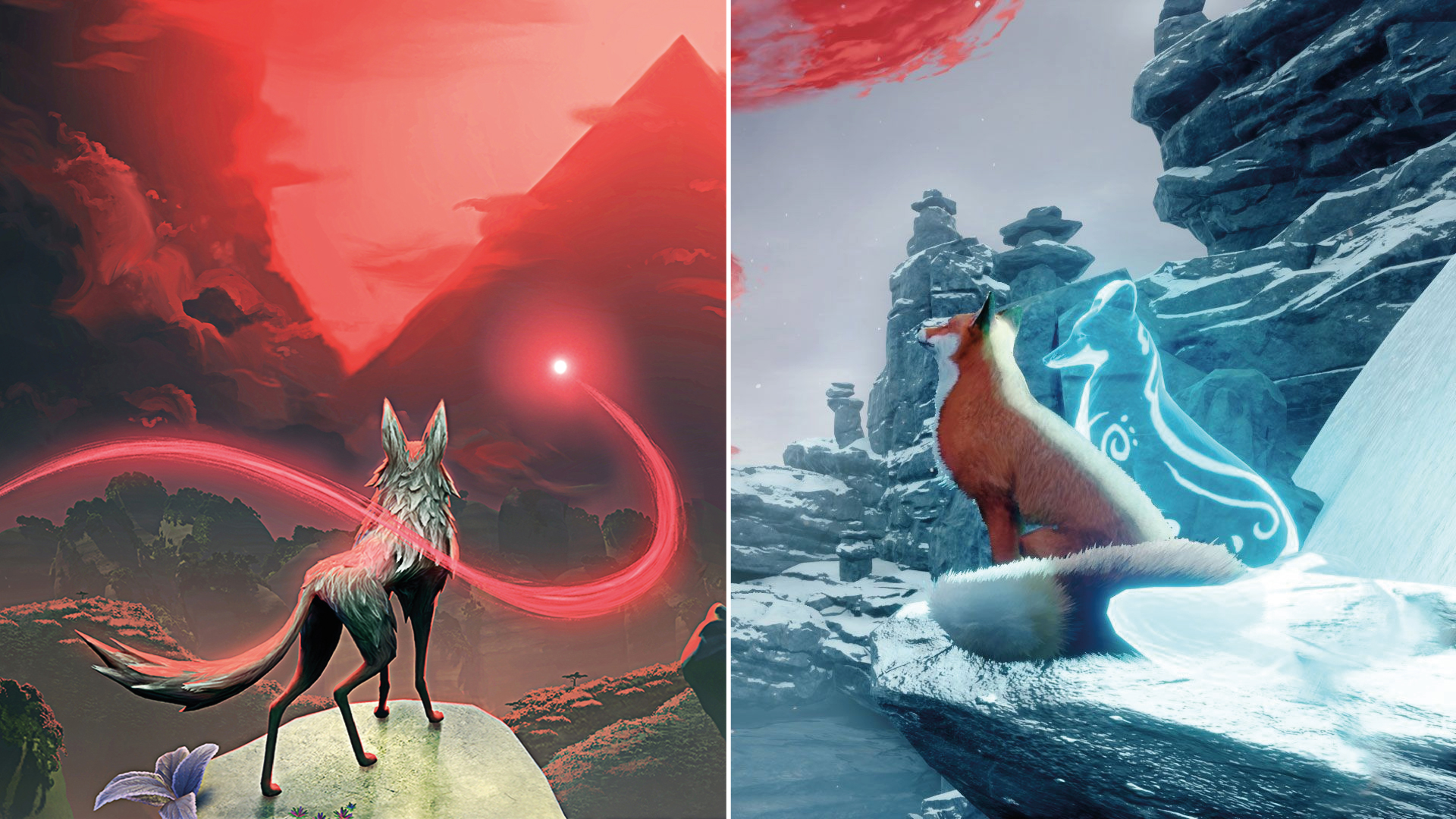
Having played and reviewed Lost Ember and Spirit of the North within a week of one another I cannot help but see similarities between the two. The two games almost feel like companion pieces to one another, parallel tales of companionship and loss, deeply engrained in the spirituality of nature. Spirits guide your fox or wolf through equally awe-inspiring landscapes in a quest to reconcile a relationship. Both feature stunning art design and richly detailed worlds, the passion of their small development teams evident in every rock, river and piece of lore. Lost Ember excels in its storytelling while Spirit of the North offers the more fulfilling gameplay experience, and both stand as some of this year’s finest indie gems.
Read my reviews here and here.
GHOST GIANT & FALCON AGE
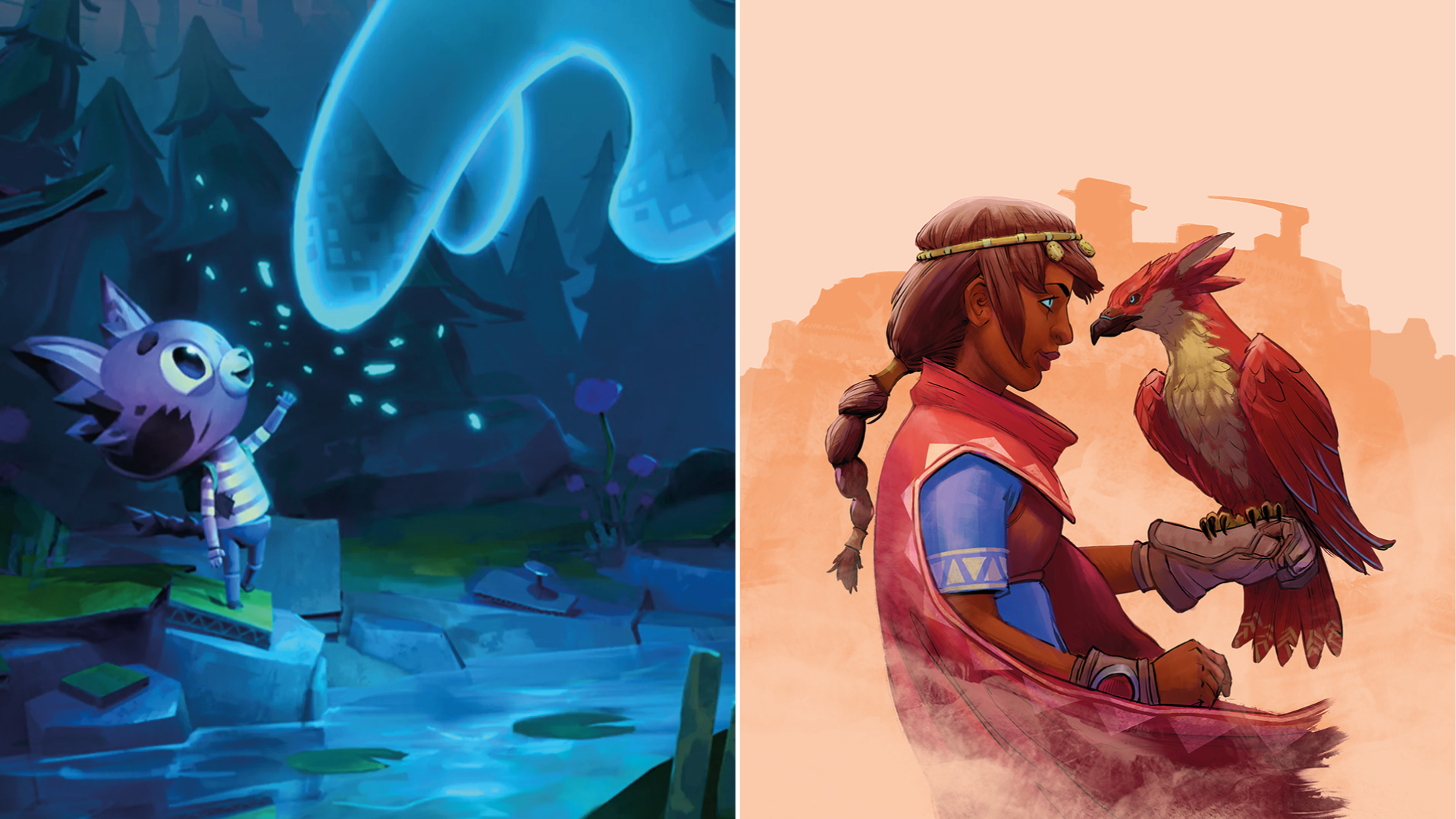
In an excellent year for PSVR, I worry that these two gems will be overlooked. Ghost Giant and Falcon Age both broach challenging subject matter (depression and colonialism respectively) yet deftly deliver their tales with humour and charm. The pair make equally inventive use of VR; one has you towering over intricate dioramas as you peek and probe to solve environmental puzzles while the other centres around the bond between you and your bird as you work in unison to fight back an invading threat. With strong storytelling, vibrant visuals and unique uses of VR, I highly recommend Ghost Giant and Falcon Age PSVR owners both old and new.
Read my reviews here and here.
Top 10
METRO EXODUS
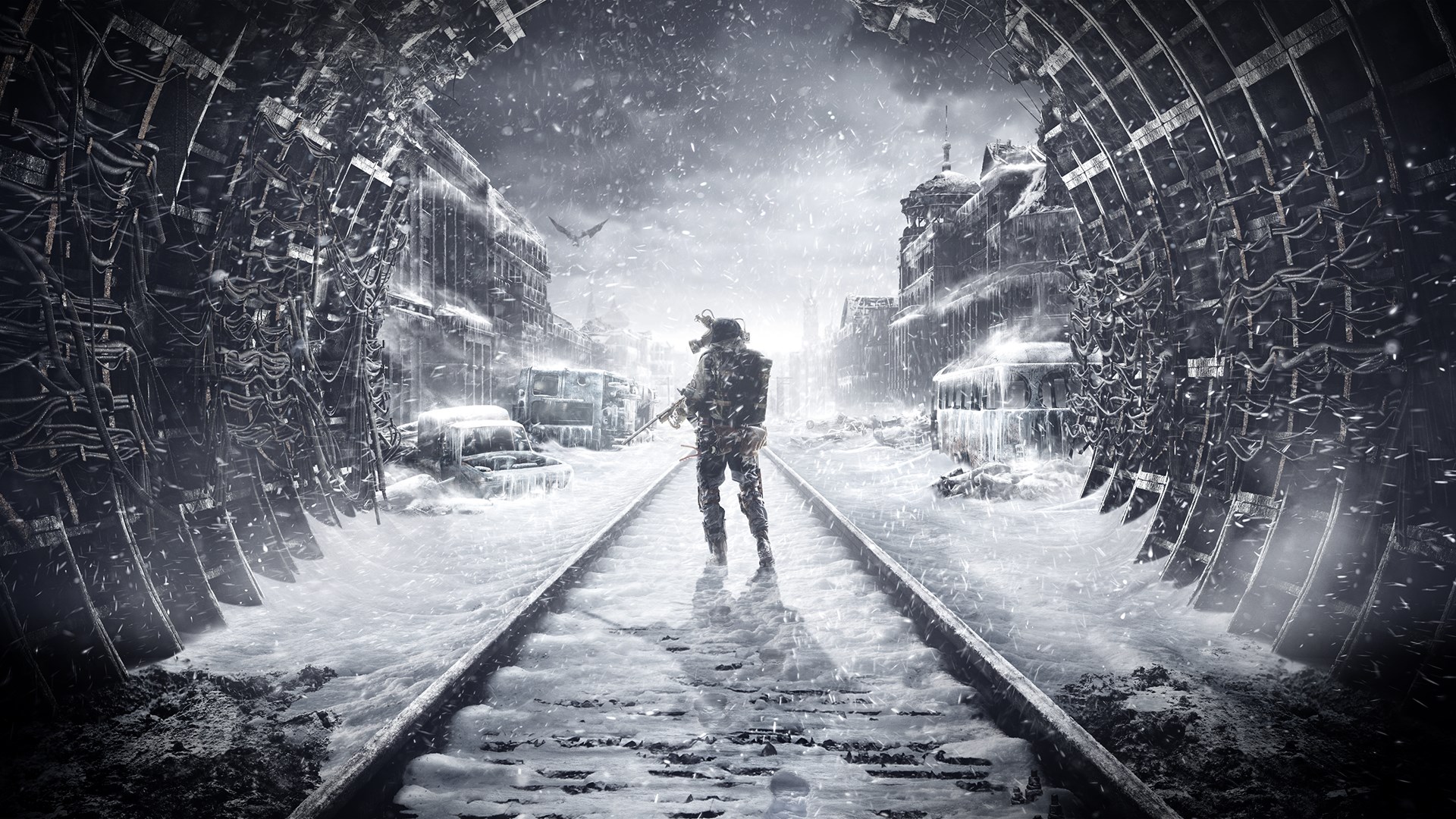
Despite my harsh critique of Metro Exodus, it does provide a fitting end to 4A’s Dmitry Glukhovsky inspired trilogy and Artyom’s story. Although it failed to fulfil the sky-high hopes I had for it, it is a series best in almost every way. Exodus’ strong storytelling and rich world-building make its fiction feel tangible and its tense atmosphere and tight gunplay ensure each encounter with the wasteland’s mutants and marauders is violent and visceral. 4A’s Metro trilogy is one of the decade’s most compelling and original cult series and in Exodus it finds its excellence and ambition come to near full fruition.
Read my review here.
EASTSHADE
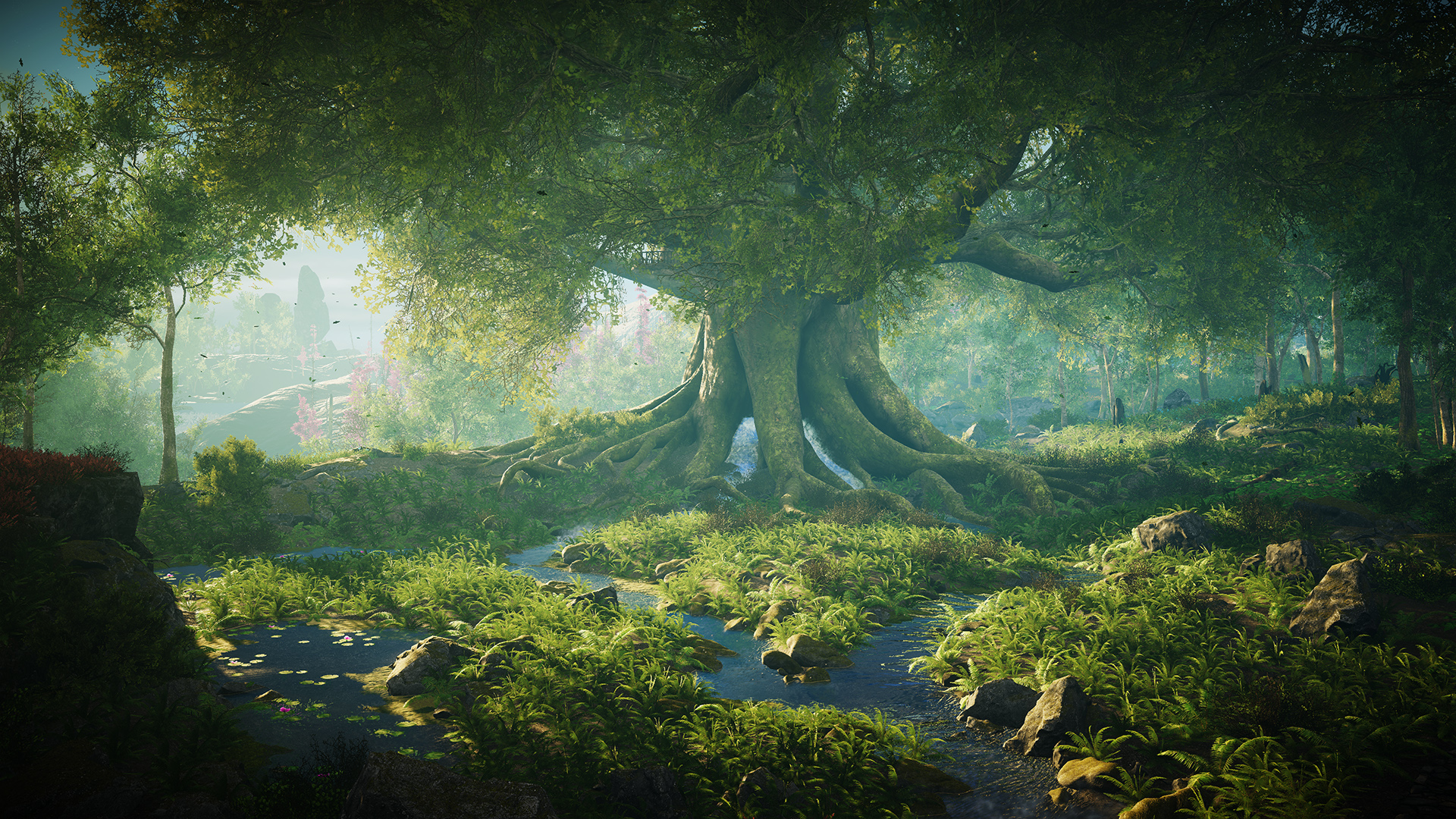
Eastshade was this year’s biggest surprise. Adapting the look and feel of the Elder Scrolls series, Eastshade strips away the danger of frostbite spiders and dragons to let you explore its beautiful fantasy world in peace. Roleplaying as a painter, your main means of agency is your artistic ability as you carry out commissions, help out the locals and fulfil your late mother’s final wishes. Eastshade’s world feels just as alive and lived-in as any of Bethesda’s and discovering its many wonders at your own pace is an absolute joy, despite the tedium of some of its backtracking and traversal. Endearingly strange and hypnotically serene, Eastshade is a meditative, meandering antidote for those burnt out on blockbusters of their umteenth playthrough of Skyrim.
Read my review here.
SAIRENTO VR

This year I finally adopted PSVR, and Sairento strongly affirmed I made the right choice. This frantic power fantasy arms you with guns, blades and bows and plunges you into a neon-drenched vision of near-future Tokyo, teaming with cybernetic ninjas for you decapitate and dissect in style. Once you become accustomed to Sairento’s intricate controls, the thrill that accompanies the flow of combat is unparalleled. Double-jumps, wall-runs and floor-slides all chain together in a graceful dance of death as you land fatal blows and pick off headshots in bullet time. Sairento is pure, exhilarating fun and a sure sign of PSVR’s continued growth.
Read my review here.
RESIDENT EVIL 2

Playing through Resident Evil 2 with my girlfriend is one of my fondest memories of the year. While Borderlands 3 and Riverbond provided some couch coop fun, no shared experience was quite as intense or intimate as our time with this remake of a horror classic. As with 2017’s Resident Evil 7, I was at the controls while she helped with puzzles and howled in horror in equal measure. Excellent level design makes for rewarding exploration while picking apart zombies limb by limb is gratifyingly visceral thanks finely tuned combat. Resident Evil 2’s relentless atmosphere is made all the more menacing by a grotesquely gorgeous visual upgrade and with multiple campaigns and modes, this remake is the definitive version of an essential horror classic.
Read my review here.
CONCRETE GENIE

Few games capture the magic of creative expression quite like Concrete Genie. Bringing life back to your home town of Denska as protagonist Ash is a joy thanks to intuitive motion controls that strike a perfect balance between accessibility and creativity. Every genie you create feels uniquely yours, and each concrete-dwelling companion helps you in their way as you push back the pollution that plagues the town. Strong, nuanced storytelling contrasts the fantastical with real-world issues of environmental disaster and social unrest, grounding its narrative while achieving equilibrium in terms of tone. Concrete Genie’s perfectly paced six-hour adventure is gorgeous, gratifying and thoroughly inspiring, the perfect antidote for holiday blues.
Read my review here.
THE SINKING CITY
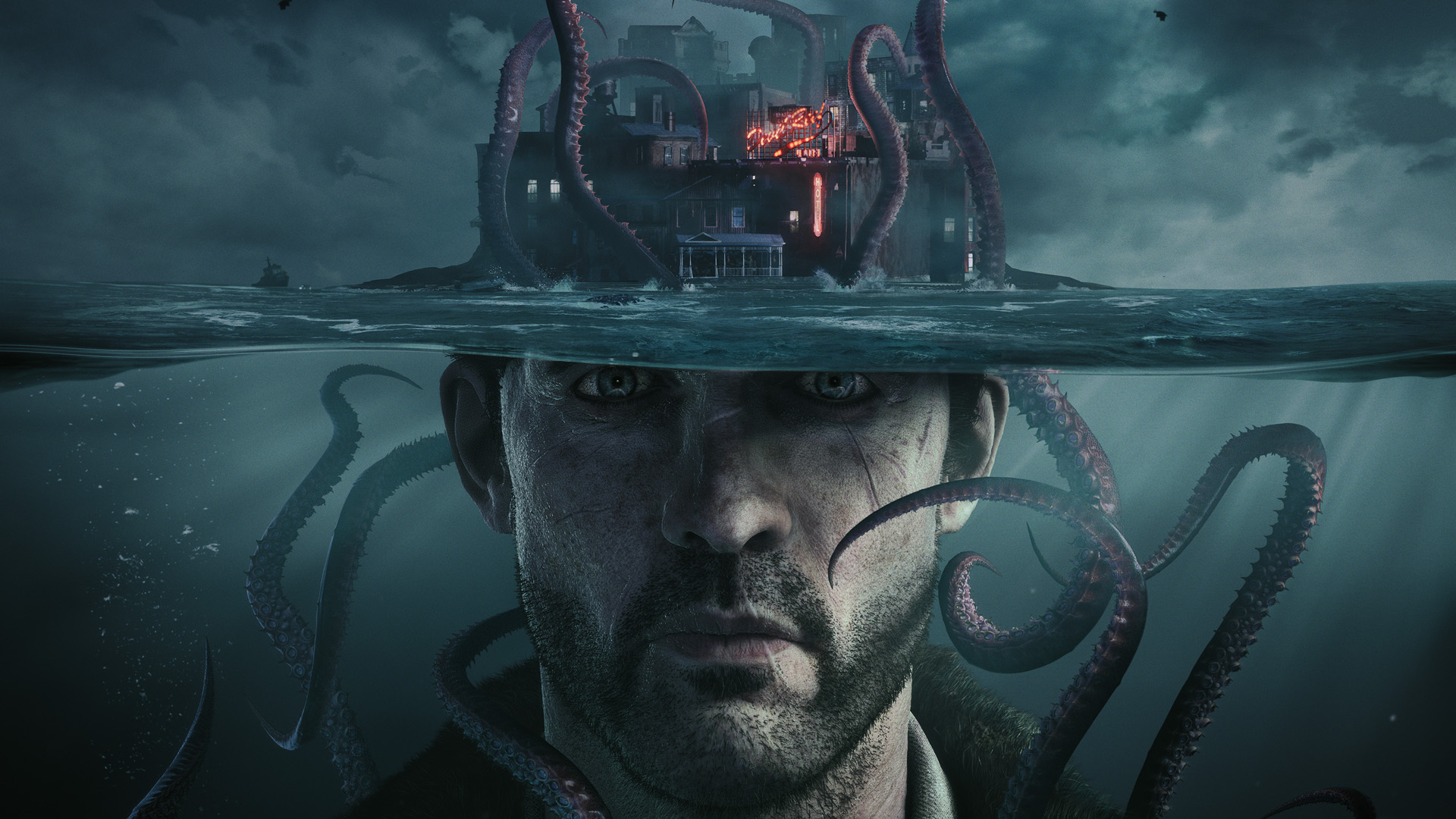
The Sinking City is a diamond in the rough. The game’s clunky combat, countless technical issues and inconsistent presentation are more than made up for by intricate world-building, deep roleplaying and compelling storytelling. Inventive investigation mechanics make probing both Oakmont’s past and its residents a consistently challenging and rewarding process and the games nuanced roleplaying ensures that uncertainty shrouds each decision. I marathoned through The Sinking City’s roughly 20-hour story over two days in a feverish state befitting of its Lovecraftian tale of madness and mystery, spurred on partly by an encroaching embargo but more so by its engrossing world. Complex and compelling, The Sinking City couples the eldritch ambiguity of cosmic horror with the intrigue of a noir thriller to create one of this year’s finest RPGs.
Read my review here.
GRIS
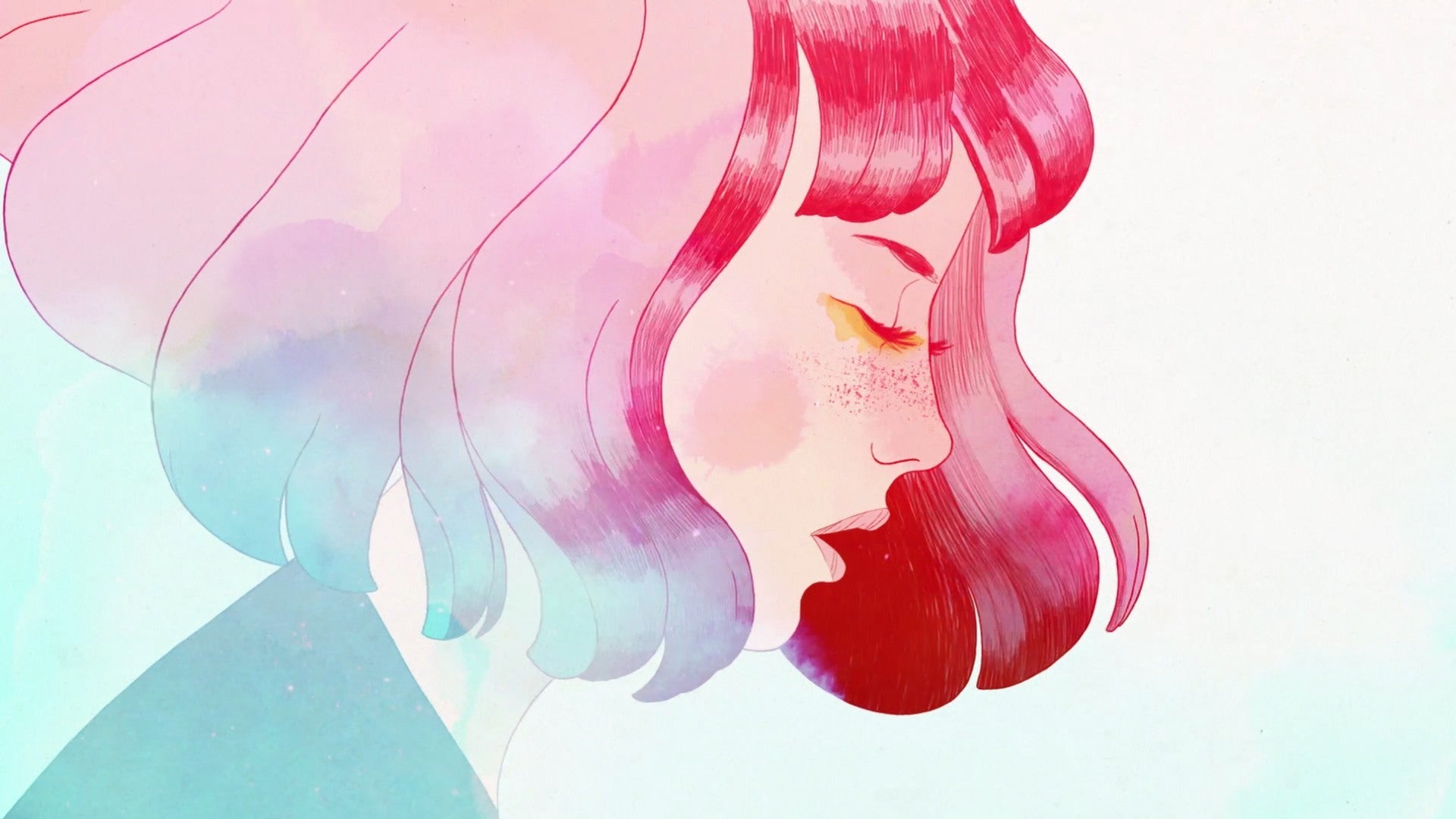
Gris is one of the most beautiful games I’ve ever played. Artist Conrad Roset’s style which blends delicate, illustrative linework with blossoms of vibrant watercolour makes Gris a visually arresting experience, yet its aesthetic does not define it. Propelled by a stunning score from composer Berlinist, its gameplay focuses on the joy of movement as you dash, dive and dance through expertly designed levels, using creative mechanics to solve puzzles and uncover the path to peace. Despite its brevity, Gris’ impact is profound, its art, music and gameplay coalescing in a perfectly paced exploration of loss and the trials of grief.
Read my review here.
BLOOD & TRUTH
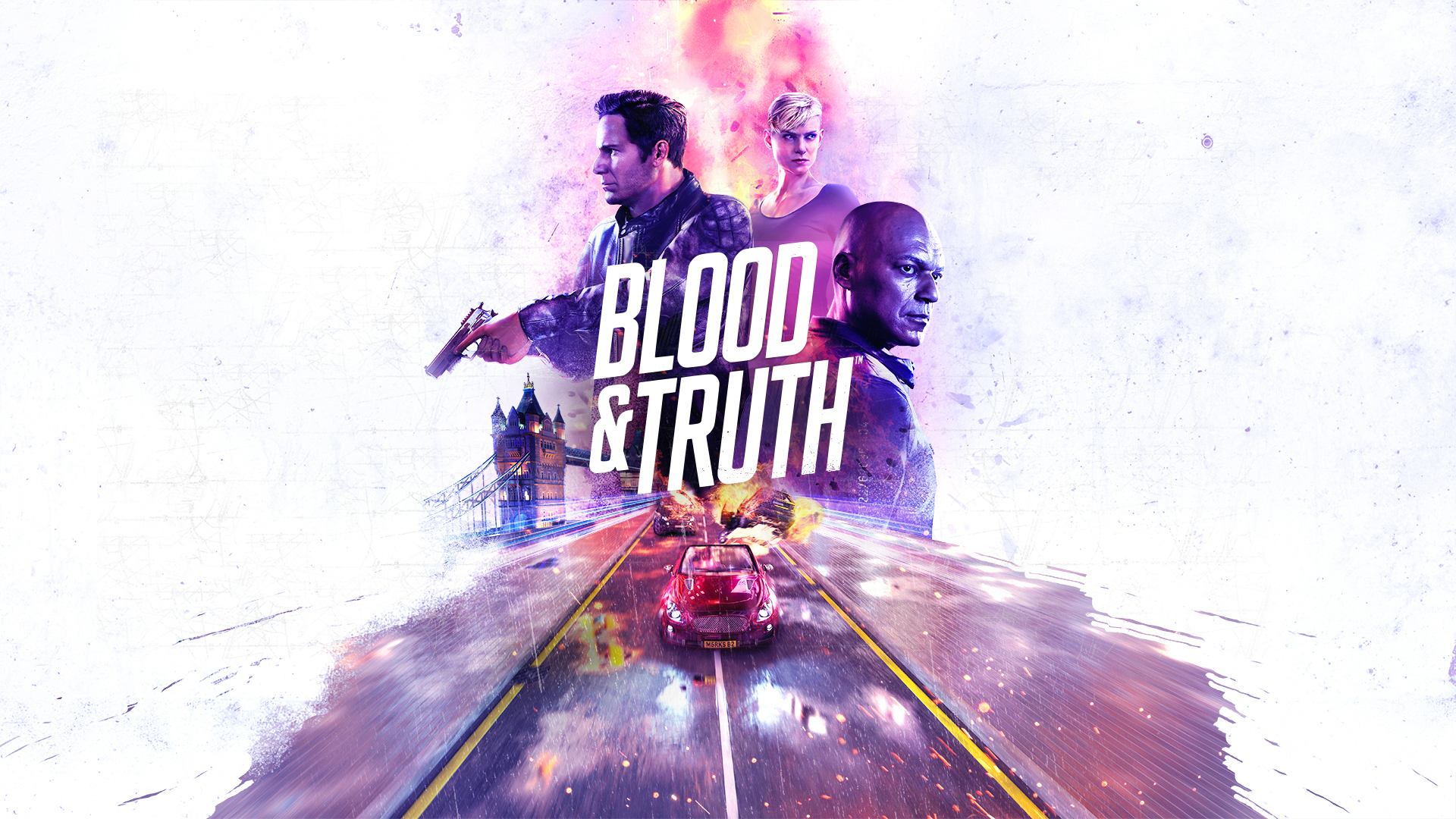
Blood and Truth is an instant classic, joining the likes of Astro Bot Rescue Mission and Superhot VR in PSVR’s library of essential titles. Caught in a war between rival crime families, Blood and Truth throws you headfirst into London’s seedy underbelly as you sneak, shoot and slo-mo your through its six-hour story at a breakneck pace. Gunplay feels fantastic, making mowing through hordes of henchmen endlessly gratifying. Replaying levels, I found myself completely caught up in the flow of combat, riposting grenades, fanning hammers, and reloading with a flick of the wrist. While Sairento’s action is thrilling, the context of Blood and Truth’s ultraviolence makes it all the more compelling, and thanks to stellar storytelling and performances, Sony London Studio delivers a gritty gangster fantasy that puts Guy Ritchie to shame.
Read Jeremy’s review here.
A PLAGUE TALE: INNOCENCE

Asobo Studio stark depiction of 14th century France follows siblings Amicia and Hugo de Rune as they navigate a land torn apart by war, religious persecution and The Black Death. Much like The Sinking City, I worked my through A Plague Tale: Innocence’s 15-hour story in a weekend thanks to compelling storytelling, inventive gameplay and an atmosphere that would not relinquish. Excellent writing and arresting performances from both leads deliver this tale of hardship and hope with affecting authenticity while stunning art design brings a dark beauty to the corpse-strewn battlefields and plague-ridden towns that provide the backdrop for the sibling’s journey. A Plague Tale is an exceptional game that delivers a triple-A experience with the heart and ingenuity of an indie title.
Read my review here.
CONTROL

Remedy Entertainment’s Alan Wake remains one of my best-loved games of the last generation and their latest project is easily a favourite of this era. Since Max Payne, Remedy have innovated in terms of both gameplay and storytelling and Control takes this one step further with a thrilling, physics-based combat system and a mesmerising New Weird narrative. Drawing inspiration from gaming contemporaries Castlevania and inFamous and directors like Nolan and Lynch, Remedy craft a bizarre and beautiful fever dream in Control.
Control consistently surprises and delights as you delve into the ever-shifting depths of a brutalist labyrinth, known as The Oldest House, to purge it of an amorphous entity dubbed The Hiss. Stellar performances, striking visual design and a finely crafted story make this journey through the paranormal feel tangible, working to amplify the oddness of its richly realised world in contrast. Between the transformable service weapon and a concise set of abilities, Remedy has devised a dynamic and ceaselessly gratifying combat system that has you levitating, possessing enemies and hurling pieces of the environment in a frantic dance of destruction. Control excels on every level to create a sublimely smart and strange experience that will be remembered as not only one of this year’s finest, but this generation’s.



